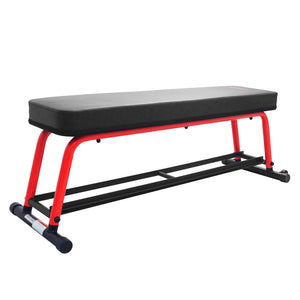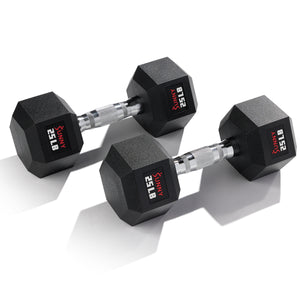Information is abundant in the health, fitness, and wellness space, and sorting through muscle toning and building best practices are time-consuming. Moreover, you will often not find the correct answer that you are seeking. Luckily, we are here to help!
Here at Sunny, we try and give it to you straight. So, as always, let me debunk the heavily adopted term of "toning" muscle and discuss the difference between toning and building muscle, and guide you with better ways to achieve results.
What is Muscle Toning?
Toning correlates to a more visible muscle caused by muscle growth, known as hypertrophy, and decreased body fat.

Body fat resides below the skin but above the muscle. This type of body fat is known as subcutaneous adipose tissue and makes up about 85% of the body's fat. The image below clearly illustrates our anatomy.
How to Get Toned
Decreasing body fat through proper nutrition, regular exercise, and a healthy mind allows the muscle to be visible. Without increasing muscle mass through strength training, a person will look more "toned" simply by lowering their body fat.
This piece of the equation is often the most overlooked component for people looking to make changes to the physical appearance of their bodies.
Furthermore, working out a specific part of your body like your arms, abs, or legs with strength training exercises will not reduce the subcutaneous fat in that area.

Doing exercises for only your core like planks, bird-dogs, and dead bugs will not lower your body fat just in your torso. This myth is called spot-reducing. Spot reducing does not exist naturally as body fat decreases globally, meaning throughout the whole body.
Our bodies tend to favor certain areas of the body for storing fat which is influenced by our gender, sex, age, and genetics. Consequently, body fat is lost in a similar order to where it's initially gained.
Toning vs Building Muscle
The second element of muscle toning is targeting the actual muscle itself. Muscle hypertrophy increases the muscle cell size. The image above shows all the different components of muscle. The smallest strand pictured is called the myofibril, which increases in size when properly training.

Muscle will respond and grow whenever it is challenged and given the appropriate nutrients. It is common to hear expressions like long and lean or shape without bulk. But unfortunately, these phrases are simply marketing buzz words to change the narrative around building muscle.
Adults, who are no longer growing, cannot increase the length of their muscles. The human body naturally has long lean muscle as muscle itself typically runs the length of the bone.
Toning Without Bulking
Our society has villainized muscle building for specific populations claiming lifting weights will make you "bulky." What dictates how big muscle grows is a combination of genetics, hormones, nutrition, and training regimen.
The primary hormone responsible for muscle building is testosterone, and there is a significant difference in quantity between men and women. Men have about 15 times more testosterone than women circulating through their bodies.
For a person, regardless of sex, to gain a significant amount of muscle and look bulky, they need to follow a dedicated strength training and nutrition plan. It is always best to consult a professional to help you put together the right training plan that will help you reach your goals.
In summary, muscle toning is not a scientifically recognized term. However, the fitness industry uses this term to describe a reduction in body fat to make the muscle more visible. If you wish to increase your muscle tone further, strength training is required to grow the muscle, making the muscle appear even more visible.




























Add Your Name & Email
Please enter your name and email to continue.We won’t display your email publicly.